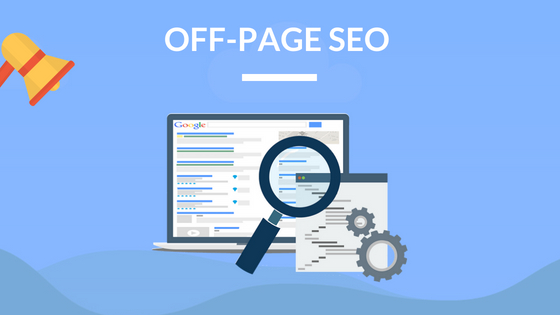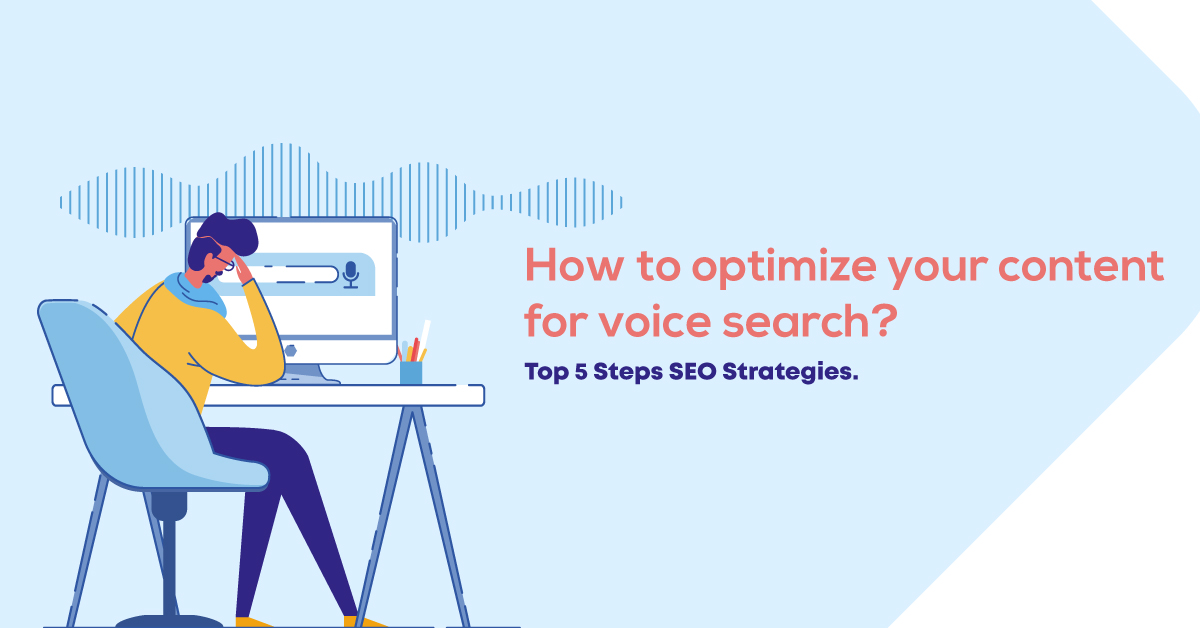A Brief History Of How The Internet Benefits Digital Marketers
It wasn’t all too long ago that the Internet wasn’t a thing. And what that meant for advertisers across the board was that messaging was a hit-or-miss effort similar to throwing darts at a wall in the dark.
But by the early 2000s, the internet began to skyrocket in popularity, and that’s when digital marketing began to take off.
Before discussing how to maximize your digital marketing efforts, a brief history of how we got here is in order.
The Evolution Of Digital Marketing
The internet began under the Department of Defense as a way for large, immobile computers to be able to communicate with each other, even in the event of a nuclear war. In the 60s, the DoD created ARPANET, the first attempt at any kind of internet.
In the early 90s, the World Wide Web was designed, and in the early 2000s, the internet began to take shape.
Before the internet, however, marketers and advertisers had to get their messages across by using commercial ads on TV and radio, magazines, billboards, signs, and banners to get their brands across.
If you were traveling back in time, you would stumble across traditional ads pretty much everywhere;
- A realtor sign at a local bus stop
- Leaflets in a national magazine
- Flyers in the local newspaper
- Pamphlets at the neighborhood drugstore
- Direct-mail postcards
For example, if you were on a cross-country road trip, you might see that a Coca-Cola ad on Denver billboards was the same as the ones in Lubbock, Texas, or even Providence, RI.
Another example is that you’d get inundated by local radio spots for car dealers like Phil Hughes Honda in Athens, Ga, or Carlson Chevrolet in Red Springs, NC.
One benefit of these similar ads was instant brand recognition, but they didn’t do much to generate sales or be very personalized in targeting their audience.
But the problem with traditional marketing methods was the low level of engagement and needed for tracking data to see who interacted or was interested in the messaging.
Or you would see highly localized ads on the TV broadcasts in Lansing, Michigan, that were lower production value than the ones you may have caught in Los Angeles.
That’s because, with localized traditional marketing, you are dependent on the quality of talent in your geographic area.
Indeed, people would pay to mail out their messages, which was their understanding of engagement. The level of engagement was nearly impossible to determine if audience feedback was collected and analyzed.
For advertisers in the past, targeting your message was a challenge.
Realtors, for example, would only send out mailers to a large geographic area, known as geo-farming, if homeowners or renters were at the addressed property.
This would often waste the money and time of the realtor without getting much in return for their efforts.
How The Internet Benefits Advertisers
But around 2004, with the advent of Gmail, Google Adwords, and Facebook, the casual interest of people using the internet went from approximately 400 million people worldwide to over 2 billion in a few short years, which has surged to over 5 billion people currently.
But with the growth of the Internet and the popularity of the interconnectedness of the World Wide Web, advertisers began to see the potential reach now available to them.
So what happened is that the more traditional marketing methods before the internet quickly became obsolete.
The internet’s increased popularity has led to the development of apps and websites like Facebook, TikTok, and Instagram, and those platforms have made advertising incredibly more effective.
And the point of these platforms is to expand your reach by growing followers, likes, and shares of content.
For advertisers, the ability to see who is interested in your content and engage them in real-time is what separates traditional marketing from digital marketing.
As your strategies grow your followers, you can then use the information you collect about who your followers are, their habits, preferences, locations, and other behaviors to optimize your content.
By learning about your follower’s tendencies, you’re better equipped to provide more personalized content and to message, honing your targeting efforts.
The sharper your targeting, the better you can grow your audience and begin to buy ads for your products and services.
While the broad reach of general marketing reaches a wider audience, the lack of creating specific messaging and lack of feedback makes digital a massive advantage for marketers today.



